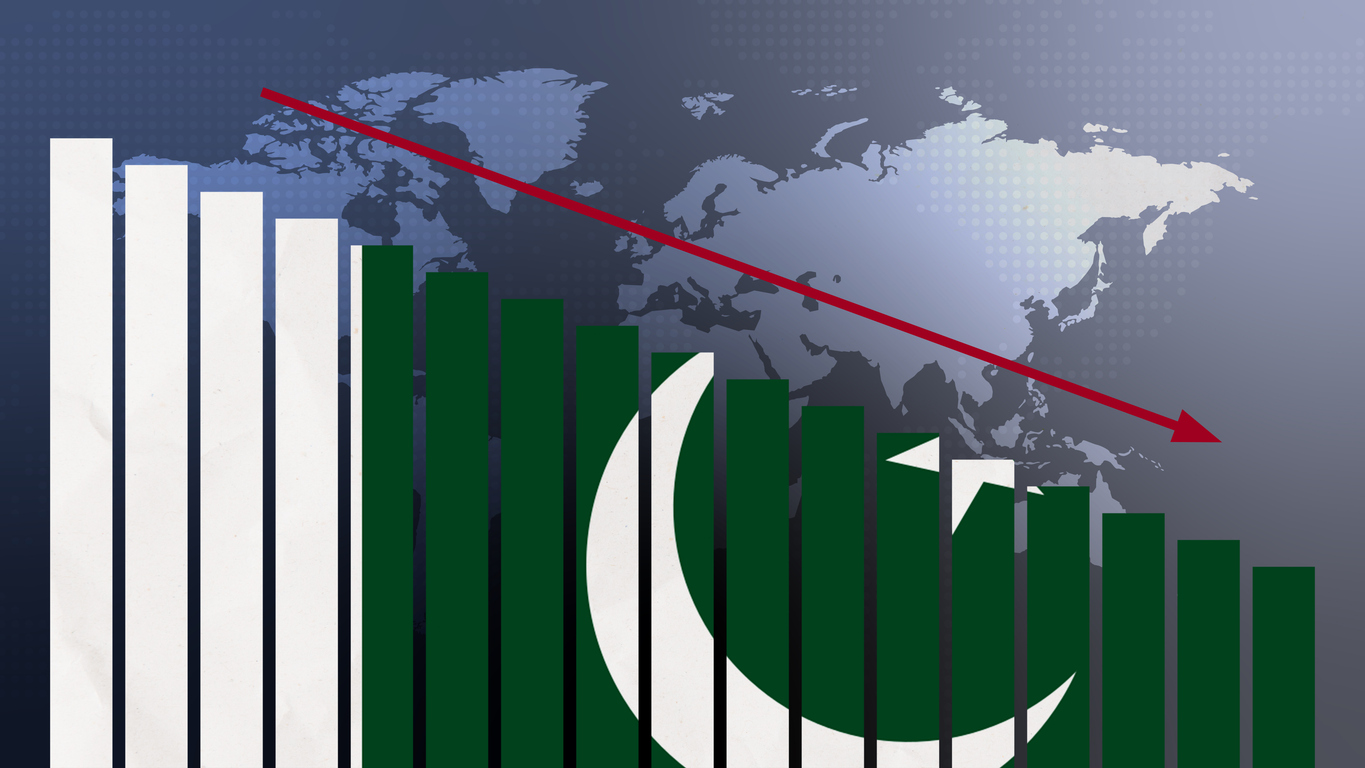
Industrialization has been a cornerstone for the economic development of nations worldwide. For Pakistan, a country with abundant natural resources and a strategic geographical location, industrialization remains a critical pathway to achieving sustainable economic growth and modernization. However, Pakistan’s journey towards industrialization has been fraught with challenges, from political instability to inconsistent policies. On the competitive Industrial Performance (CIP) Index, Pakistan ranks 82 among 152 countries, well behind India at 42, Bangladesh at 70 and Sri Lanka at 75.
After gaining independence in 1947, Pakistan inherited a minimal industrial base. The country’s initial industrial efforts were driven by the necessity to establish self-sufficiency. The government played a pivotal role in these formative years, providing subsidies and setting up public sector enterprises to spearhead industrial growth. The era of President Ayub Khan marked the first significant push towards industrialization. The introduction of economic reforms, establishment of industrial estates, and policies favoring the private sector spurred rapid industrial growth. This period is often referred to as Pakistan’s “Golden Age of Industrialization,” with the GDP growth rate averaging 6.8% annually.
The political landscape shifted dramatically with the ascendancy of Zulfiqar Ali Bhutto, who initiated a sweeping nationalization program. Major industries, banks, and educational institutions were brought under state control. While the intention was to reduce income disparities and ensure state control over key economic sectors, the nationalization policy led to inefficiencies, bureaucratic red tape, and stifled entrepreneurial spirit. The public sector’s dominance over industries caused a significant slowdown in industrial growth. General Zia-ul-Haq’s regime marked the beginning of a gradual shift away from nationalization. The 1980s and 1990s witnessed a wave of privatization under successive governments, including those led by Benazir Bhutto and Nawaz Sharif.
During General Pervez Musharraf’s tenure from 1999 to 2008, Pakistan saw several industrialization policies focused on liberalizing the economy, promoting privatization, and attracting foreign direct investment (FDI). One notable policy was the establishment of Special Economic Zones (SEZs) to attract foreign investors by offering tax incentives, reduced tariffs, and simplified regulatory frameworks. Musharraf’s policies also emphasized export-led growth. The government provided various incentives for exporters, including duty drawbacks, tax rebates, and access to credit. However, the most formidable area was the Information Technology (IT) sector which received significant attention, with initiatives to promote IT parks and foster a skilled workforce, contributing to the growth of the software and services industry.
Amidst confusion in the industrial policies of different governments, Pakistan’s industrial growth has lagged behind other developing nations. As of recent data, Pakistan’s industrial sector contributes approximately 20% to the country’s GDP, which is relatively low compared to neighboring countries. In contrast, India and Bangladesh have seen their industrial sectors contribute around 25% and 28% to their GDPs, respectively. According to the Global Competitiveness Report 2019 by the World Economic Forum, Pakistan ranked 110th out of 141 countries, highlighting significant competitive disadvantages in various industrial parameters. In the Ease of Doing Business Index 2020 by the World Bank, Pakistan ranked 108th out of 190 countries which still indicates substantial barriers to industrial development.
One of the primary reasons Pakistan lags in industrialization is the lack of consistent and coherent industrial policies. Frequent changes in government and policy direction have created an unstable environment for industrial growth. Unlike countries such as South Korea and Taiwan, which implemented long-term, strategic industrial policies, Pakistan’s industrial strategy has often been reactive and short-term. The industrial sector in Pakistan suffers power shortages, poor transportation networks, and insufficient industrial estates. The lack of reliable infrastructure increases production costs and reduces competitiveness in the global market. A critical component of industrialization is a skilled workforce. Pakistan’s education system has not kept pace with the demands of modern industries. There is a significant gap between the skills taught in educational institutions and those required by industries.
The ailing industrial sector has seen hope in the China Pakistan Economic Corridor (CPEC). This multi-billion-dollar project promises to revamp Pakistan’s infrastructure, enhancing connectivity and reducing logistic costs with Special Economic Zones (SEZs) are hoped to attract foreign direct investment (FDI). It is yet to be determined whether CPEC will allow Pakistan to embrace Industry 4.0 technologies—automation, artificial intelligence, and the Internet of Things (IoT). Furthermore, government policies to invest in education and vocational training to bridge the skills gap, to meet industry requirements are yet to be realized. Above all, Pakistan power sector needs a thorough overhaul. Investing in renewable energy sources such as solar, wind, and hydropower can provide reliable and cost-effective power, reducing production costs and environmental impact.
By 2030, CPEC is expected to create over 2.3 million jobs and add 2-2.5% to Pakistan’s annual GDP growth, boosting industrial activities across various sectors. According to the World Bank, Pakistan’s economy is projected to grow at an average annual rate of 5% over the next decade, with industrial growth playing a crucial role. Moreover, Pakistan Software Export Board reported a 47.4% increase in IT exports in 2021-2022, reflecting the sector’s robust growth. The World Bank also estimates that Pakistan’s GDP could reach $4.2 trillion by 2050, surpassing current economic giants like Brazil and Russia. These statistics are self evident that Pakistan has the potential of becoming an Industrial power in future.
Industrialization is often a transformative process that propels nations from agrarian economies to modern industrial states. For Pakistan, industrialization is not just a pathway but a necessity for sustainable economic progress. Without enduring the challenges and pains of industrialization, Pakistan cannot hope to achieve long-term prosperity and development. Pakistan’s economy is heavily reliant on agriculture, which makes it vulnerable to fluctuations in weather, global commodity prices, and other external factors. By developing a robust industrial base, Pakistan can diversify its economic activities, reduce dependency on agriculture, and create a more resilient economy capable of withstanding global economic shocks.
